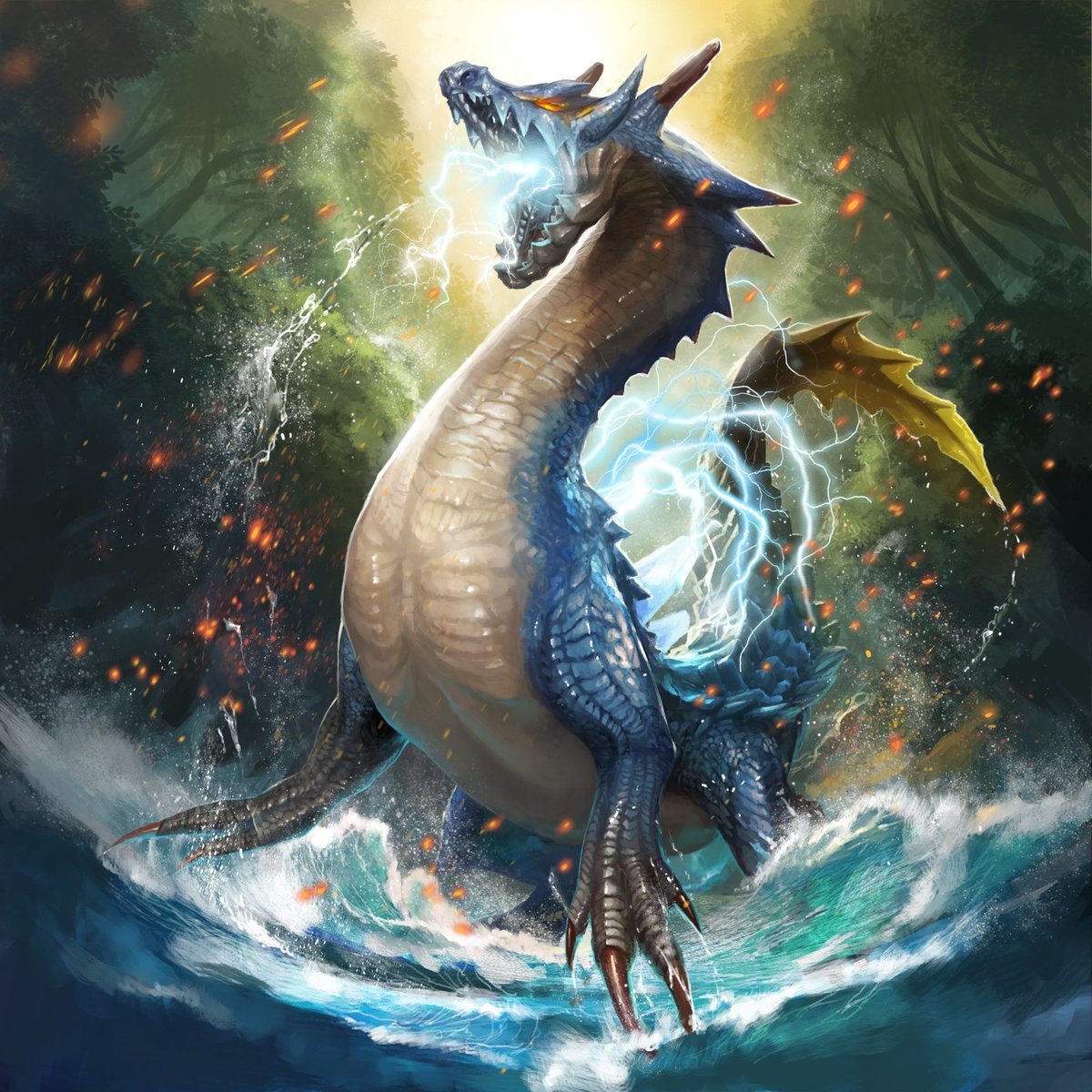Name: Lagaicrus (ラギアクルス)
Title: Sea Wyvern (海竜)
Average Length: 2648.5cm
Average Height: 419.6cm
Foot Measurements: 255.5cm (F)/171.8cm (B)
Order: Leviathan
Suborder: Sea Wyvern
Infraorder: Thunder Shell Wyvern
Family: Lagiacrus
Habitats: D. Island, F. Forest, etc.
Title: Sea Wyvern (海竜)
Average Length: 2648.5cm
Average Height: 419.6cm
Foot Measurements: 255.5cm (F)/171.8cm (B)
Order: Leviathan
Suborder: Sea Wyvern
Infraorder: Thunder Shell Wyvern
Family: Lagiacrus
Habitats: D. Island, F. Forest, etc.
Lagiacrus is a powerful sea-dwelling leviathan that is feared by sailors. Often called the "Sea Wyvern" or "Lord of the Sea," Lagiacrus is a monster that demands respect in its domain.
As its titles imply, Lagiacrus can often be seen living in or near the sea, though it can also be found in other places with large bodies of water. Despite its many titles relating to the sea, Lagiacrus can tolerate both saltwater and freshwater.
Rumor has it that one has even been seen as far as the New World as well.
Obviously, don't take this part seriously since, as far as we know, no leviathans have been confirmed in the New World. It's not impossible that they're hiding there but no reports of any so far.
Obviously, don't take this part seriously since, as far as we know, no leviathans have been confirmed in the New World. It's not impossible that they're hiding there but no reports of any so far.
Lagiacrus has been reported roaming the sea since ancient times, and this leviathan's existence has long been passed down by fishermen and traders as a legend due to it often threatening the lives of villagers living near the sea.
Lagiacrus didn't become known to the Hunter's Guild until they finally explored the Island District (Moga Region) and began to study the vast oceans, which had new species they originally weren't aware of.
The first report about Lagaicrus's existence came from an unnamed hunter that was assigned to Moga Village. While the hunter was out gathering monster guts for a celebration in the village, he saw a Great Jaggi chasing a herbivore.
The Great Jaggi and its prey were near the sea, and, while the hunter was standing on a cliff watching the hunt play out, something with a long neck suddenly jumped out of the water and grabbed the Great Jaggi before dragging it back into the sea.
The hunter later reported this back to the Guild in Moga Village. Soon after the report, the monster was given its name by the Royal Paleontology Scriveners and was recognized as a new species that didn't fit into the current Phylogenetic Tree (3rd Gen one).
Around the same time that Lagiacrus was discovered, numerous earthquakes began to hit the Moga Region and villagers in the area suspected that the leviathan had something to do with it. However, the earthquakes were later found to be caused by another monster.
Aquatic in nature, Lagiacrus spends most of its time in and underwater. While built for life in the open sea, Lagiacrus still breaths air, but it can stay underwater, without surfacing, for about half-day, roughly twelve hours, with the help of its powerful lungs.
Much like crocodiles, Lagiacrus has a palatal valve or a similar structure that allows it to open its mouth underwater without letting any water enter its body.
Lagiacrus is a fast swimmer with the help of its scales and the countless fins on its body. Although it isn't shown on this sketch of its skeleton, Lagaicrus's fins (Hood, feet, and tail) are filled with flexible yet hard cartilage. It can also move the hood on its neck freely.
Despite its aquatic nature, Lagiacrus's teeth are quite similar to land-based predatory wyverns. The long slender shape of its sharp teeth allows Lagaicrus to bite into the thick skin of its aquatic prey. Around its jaws is fang-like shelling that resembles its teeth.
Lagiacrus has about sixteen protrusions on its mouth (Eight on the bottom, eight on the top) that it uses to help it hold onto prey within its jaws.
On its back are raised dermal spikes that Lagaicrus uses to store and release electricity from its body. Lagaicrus is a thunder elemental that utilizes shocking bolts of electricity to finish off its prey.
By rapidly contracting the white muscles in its body, Lagiacrus is capable of generating an electrical charge via electrocytes. Small holes found inside its dermal spikes (Aka shell shockers) store and maintain electricity in that part before Lagiacrus eventually releases it.
The spikes on its back will glow brighter and brighter, depending on how much electricity is stored up in its shell shockers. The electricity that Lagaicrus accumulates and stores in its body is comparable to lightning, doing serious damage to prey when released all at once.
Some of the electricity will also mix with the mucus within its body, allowing Lagiacrus to breathe electrical projectiles at enemies.
Lagaicrus may be able to effectively produce electricity, but the process weakens it. Contracting its muscles several or more times in short intervals is taxing for Lagaicrus's body, so this monster needs to relax its muscles when it can and will often rest on land.
If a Lagaicrus is seen on land, chances are it can't produce electricity, for now, meaning the individual is currently in a vulnerable state (I'll talk about the 4th Gen Lagiacrus at a later date).
Carnivorous in nature, Lagiacrus is known to primarily prey on fish and aquatic wyverns like Epioth. It has also been seen preying on airborne species as well as some land-based creatures like Aptonoth.
When hunting aquatic prey, Lagiacrus is known to drive its victims near the water's surface before rapidly swimming around them, creating a whirlpool. Once the whirlpool is made, Lagiacrus will shock the surrounding water with its electricity to kill its prey before feeding.
Lagiacrus's electrical whirlpools are quite powerful and are the thing that many sailors have been encountered occasionally while out at sea since ancient times. These whirlpools, as well as Lagiacrus itself, can easily sink a vessel if a sailor is careless.
Interestingly, Lagiacrus also has many holes within its horns that could be used to store electricity, but it doesn't seem to use them for that purpose at all. Its front claws seem to be evolving into fins, though it uses them for killing Epioth.
Lagiacrus's breeding habits are completely unknown. It's theorized that Lagiacrus lays its eggs on land, and it's even been considered that perhaps all Lagiacrus are female and parthenogenetic.
Besides using electricity to kill prey, it's believed they also use it to communicate with each other and for electroreception.
Its soft and workable hide is used to craft valuable leatherware. Its scales and horns are in high demand.
Its soft and workable hide is used to craft valuable leatherware. Its scales and horns are in high demand.
Sources
1. Monster Hunter Tri
2. Monster Hunter 3 Ultimate
3. Monster Hunter Generations
4. Monster Hunter Generations Ultimate
5. Hunter's Encyclopedia [reprinted edition] - pg. 219, 220, 221, 282, & 283
6. Monster Hunter Illustrations 2 - pg. 5 & 40
1. Monster Hunter Tri
2. Monster Hunter 3 Ultimate
3. Monster Hunter Generations
4. Monster Hunter Generations Ultimate
5. Hunter's Encyclopedia [reprinted edition] - pg. 219, 220, 221, 282, & 283
6. Monster Hunter Illustrations 2 - pg. 5 & 40
7. MONSTER HUNTER超解釈生物論 - pg. 72, 75, & 77
8.
9.
10.
11. https://www.famitsu.com/blog/otsuka/2009/08/mh32309.html
12. https://dengekionline.com/elem/000/000/188/188575/
8.
9.
10.
11. https://www.famitsu.com/blog/otsuka/2009/08/mh32309.html
12. https://dengekionline.com/elem/000/000/188/188575/

 Read on Twitter
Read on Twitter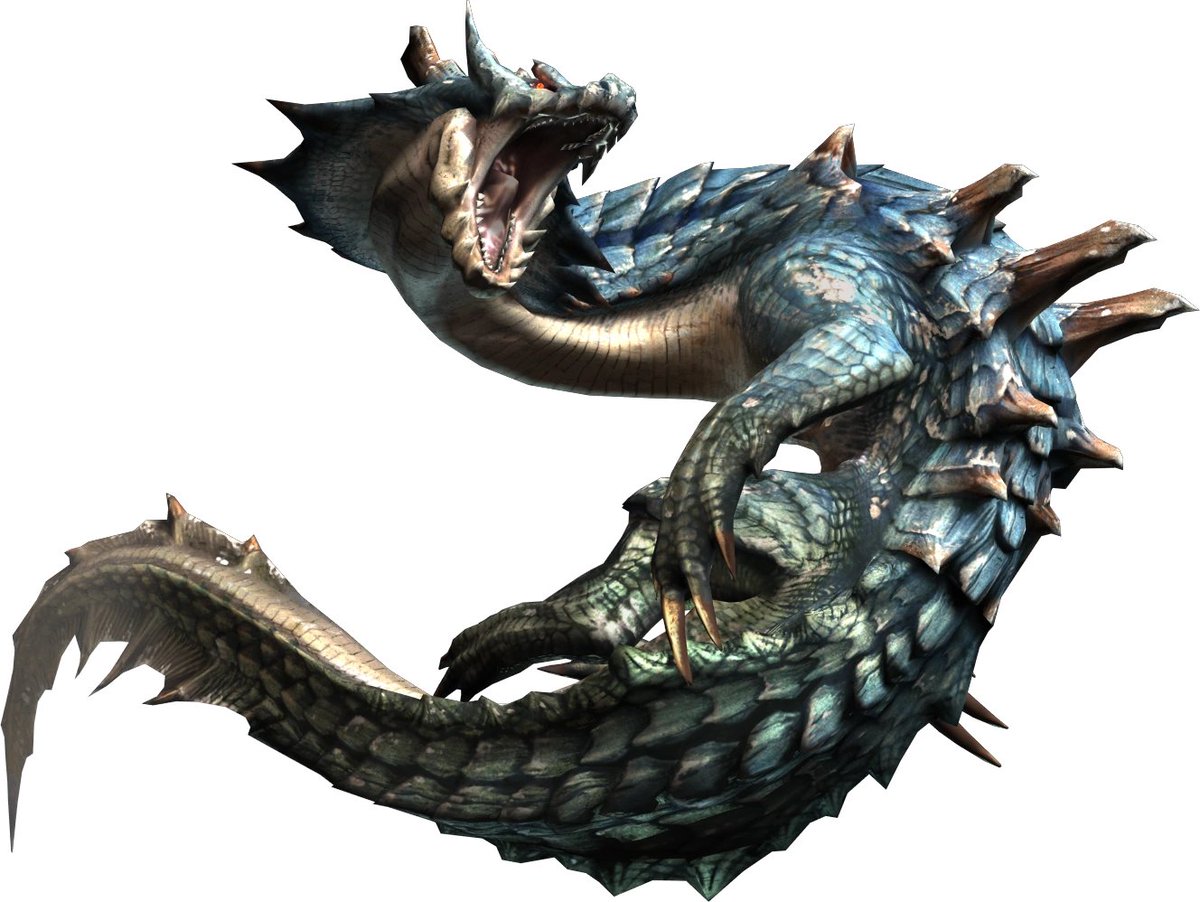
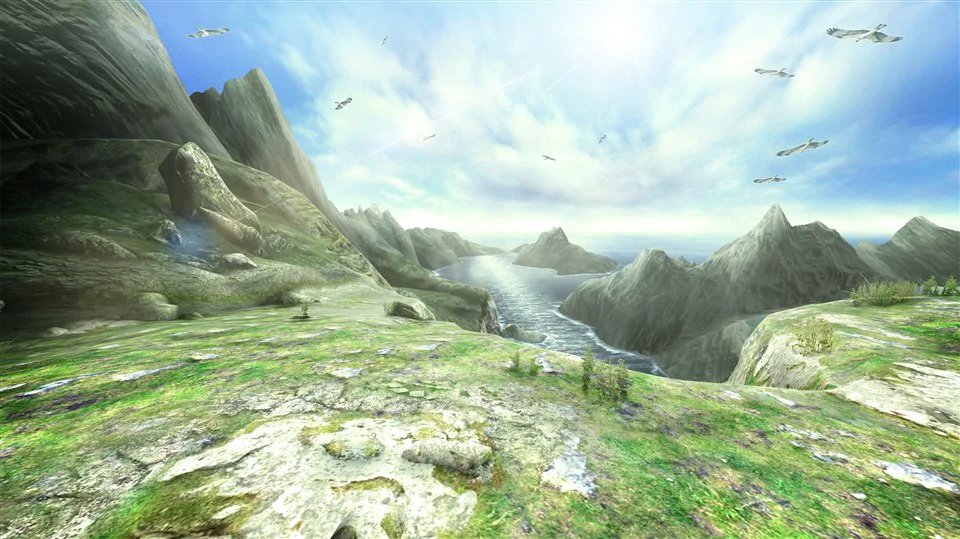

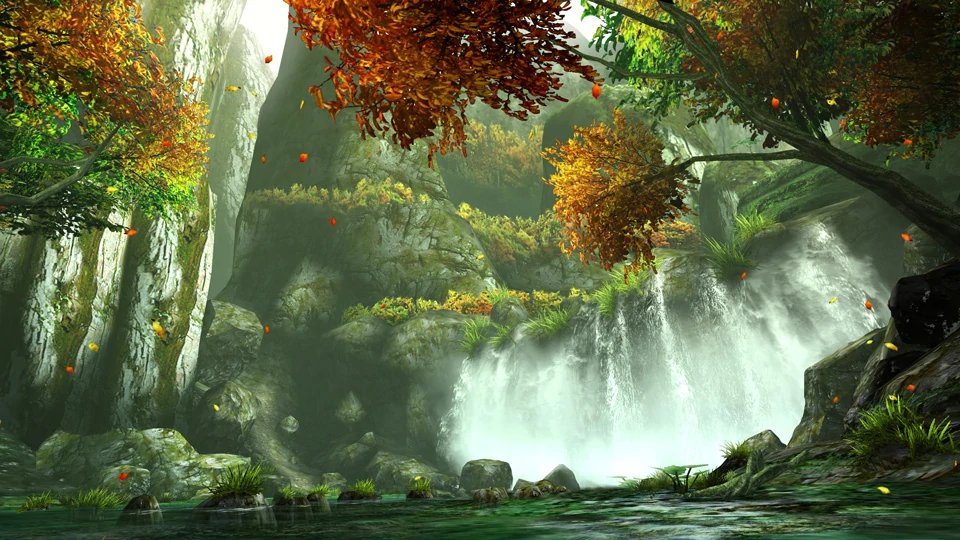
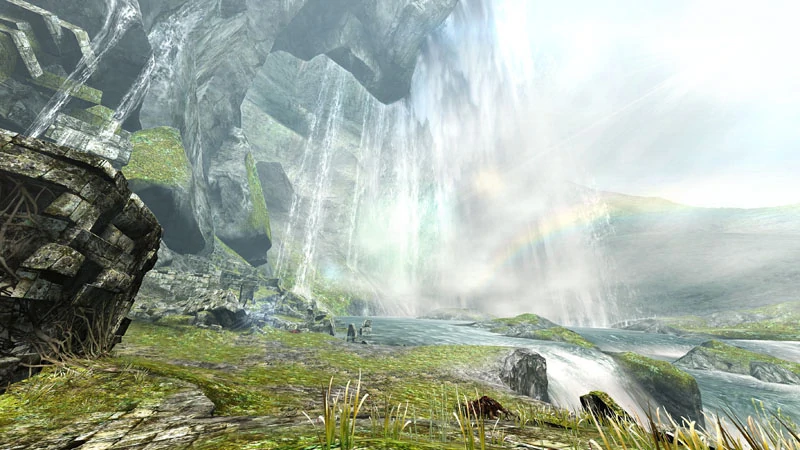
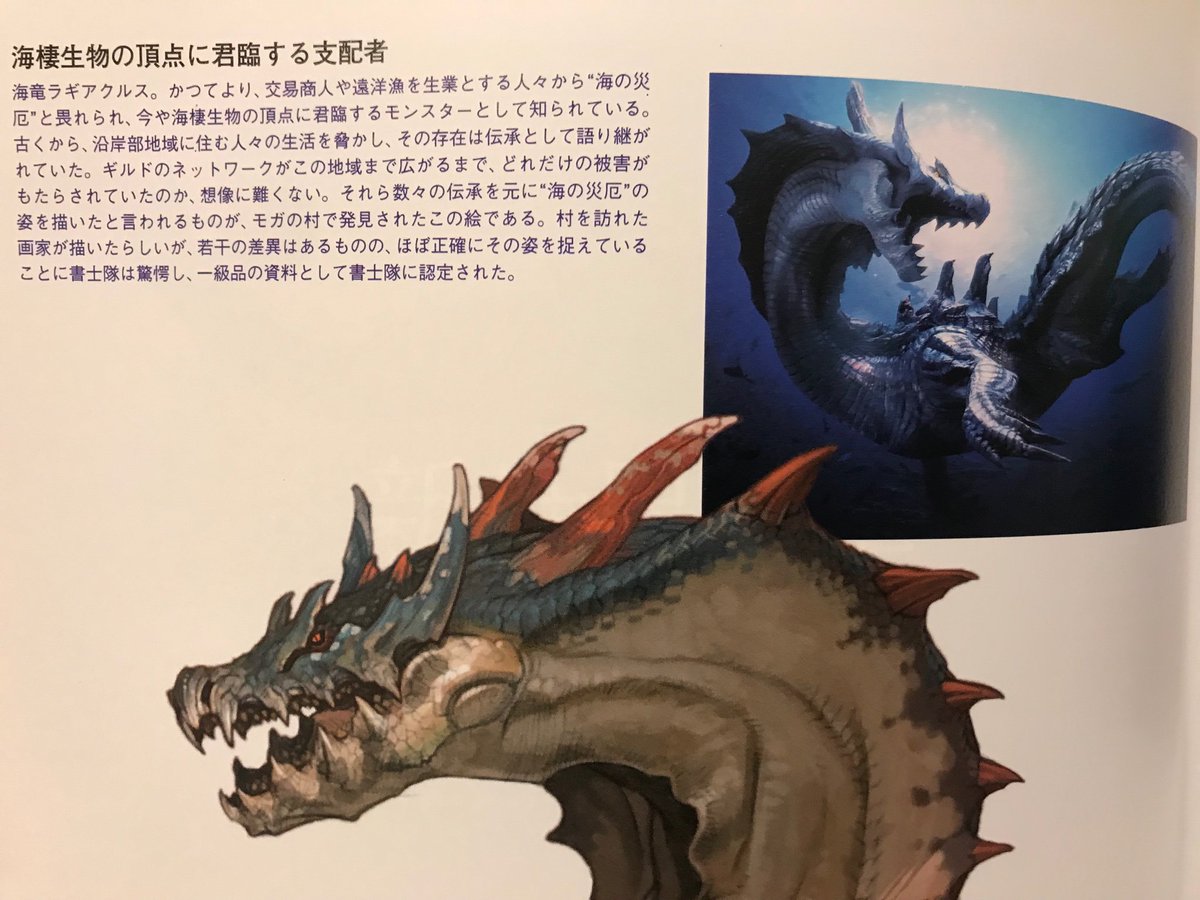
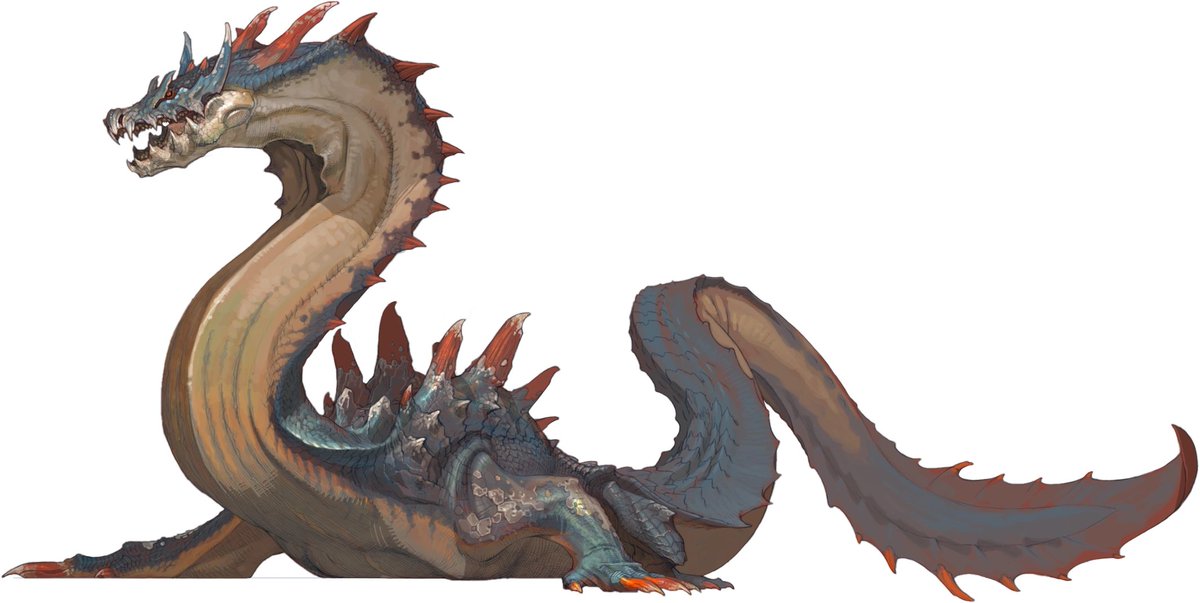
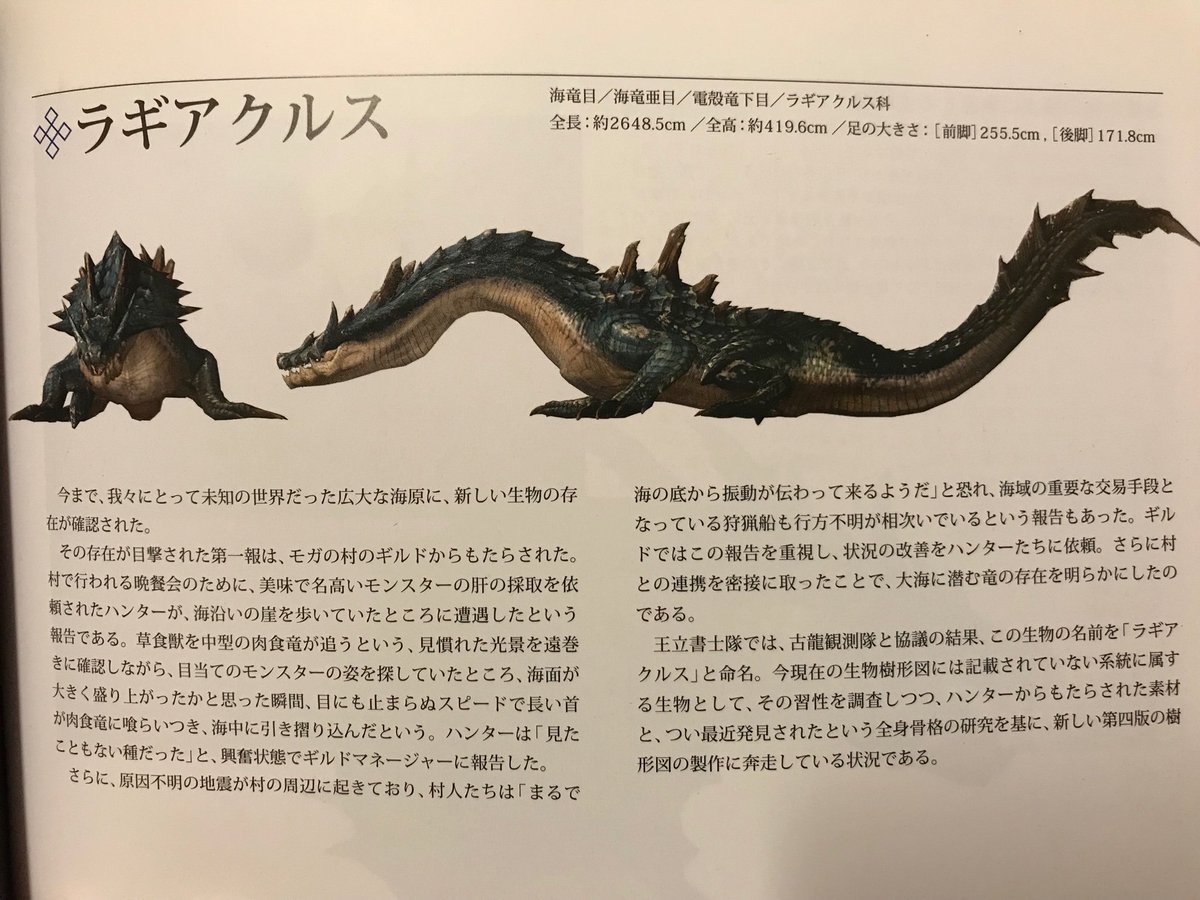
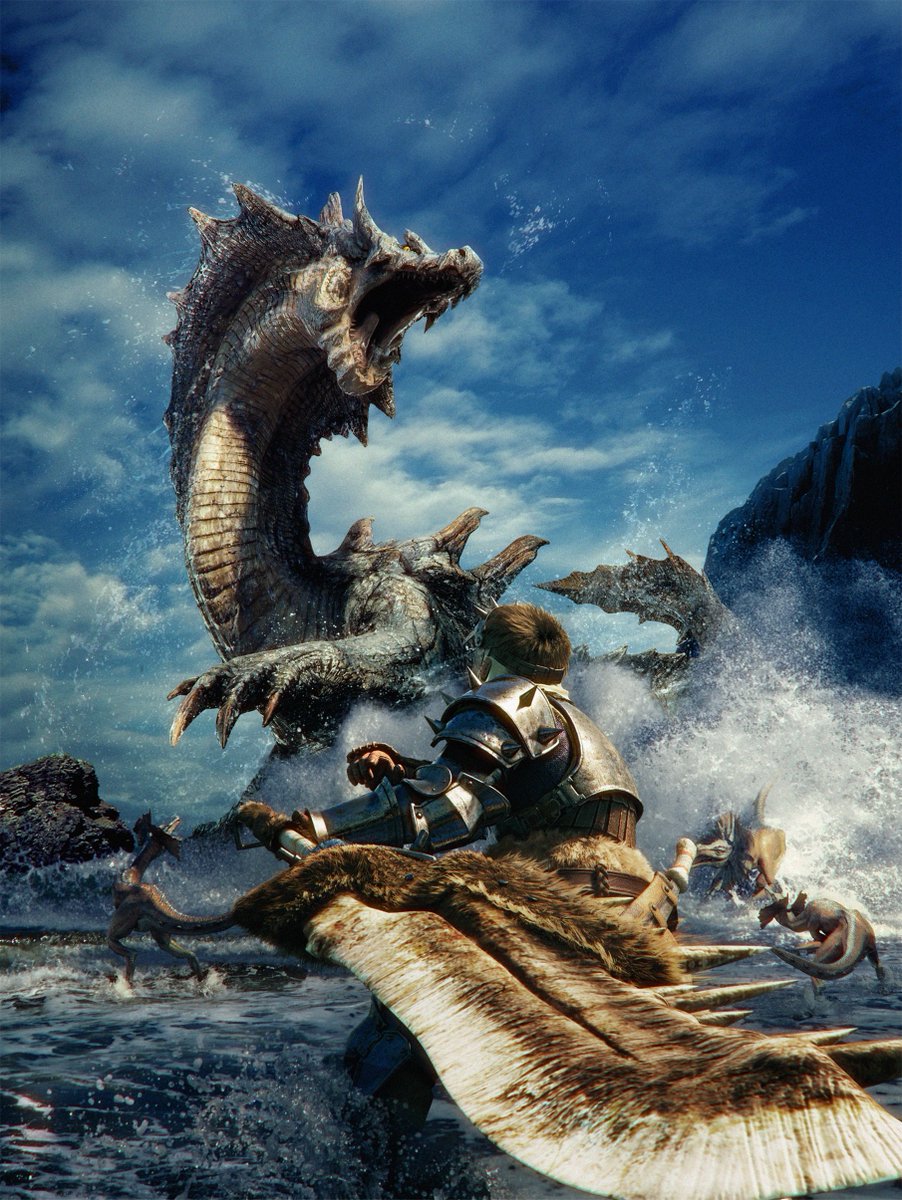
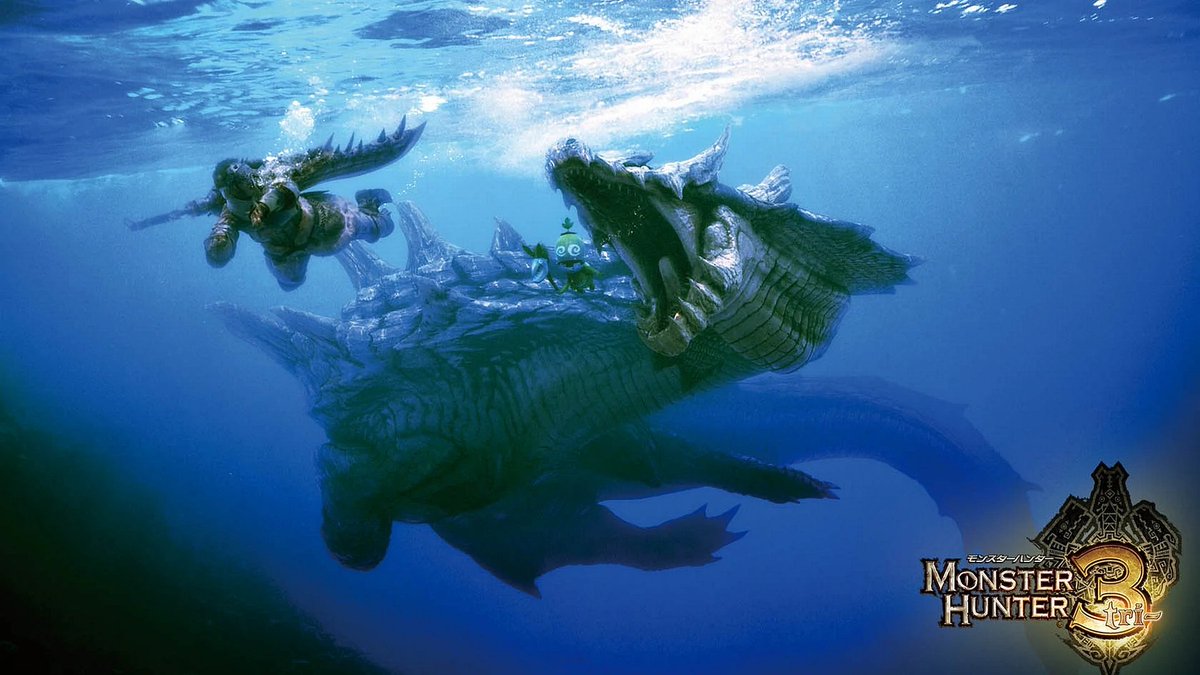
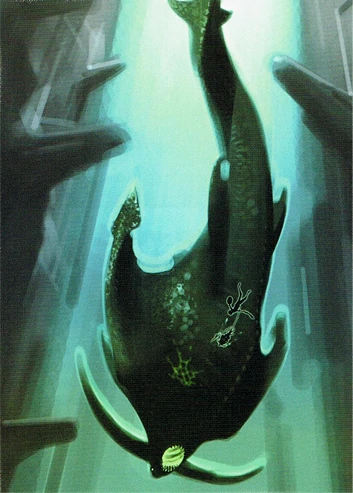
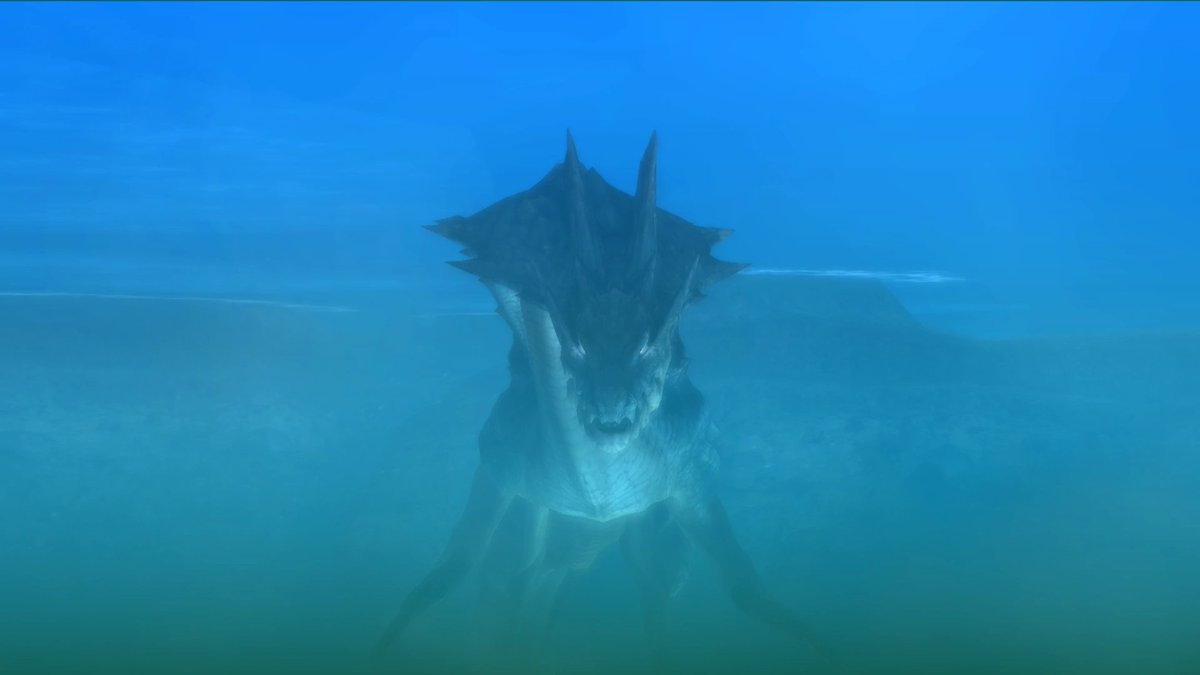
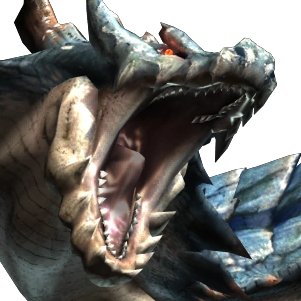
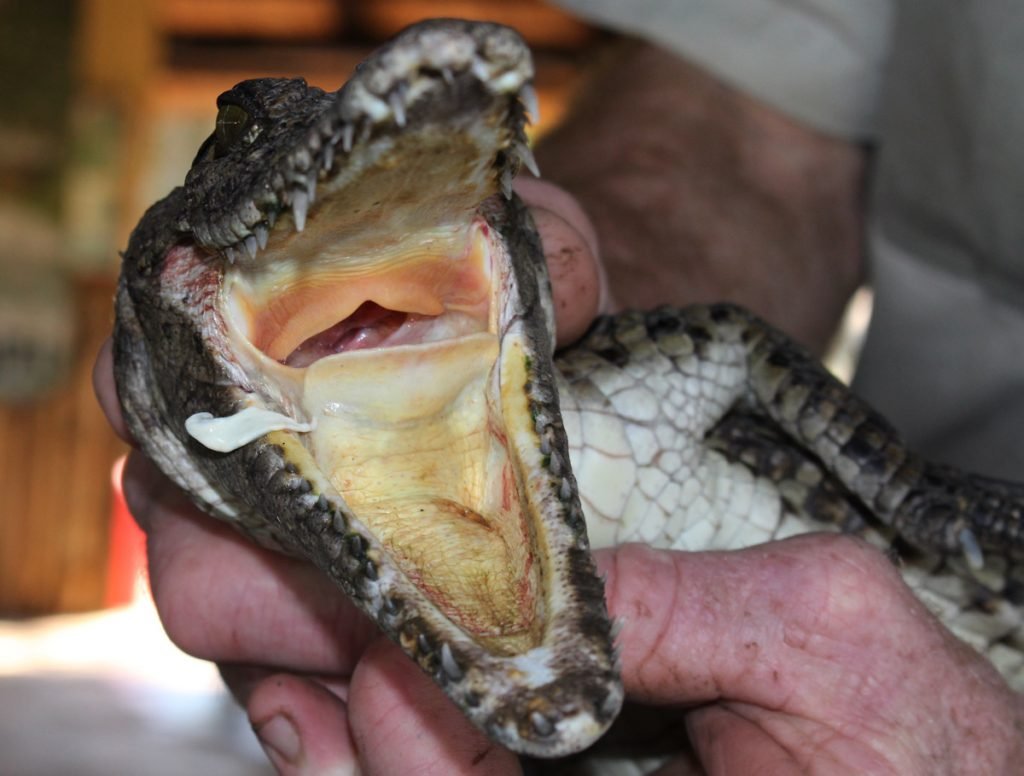
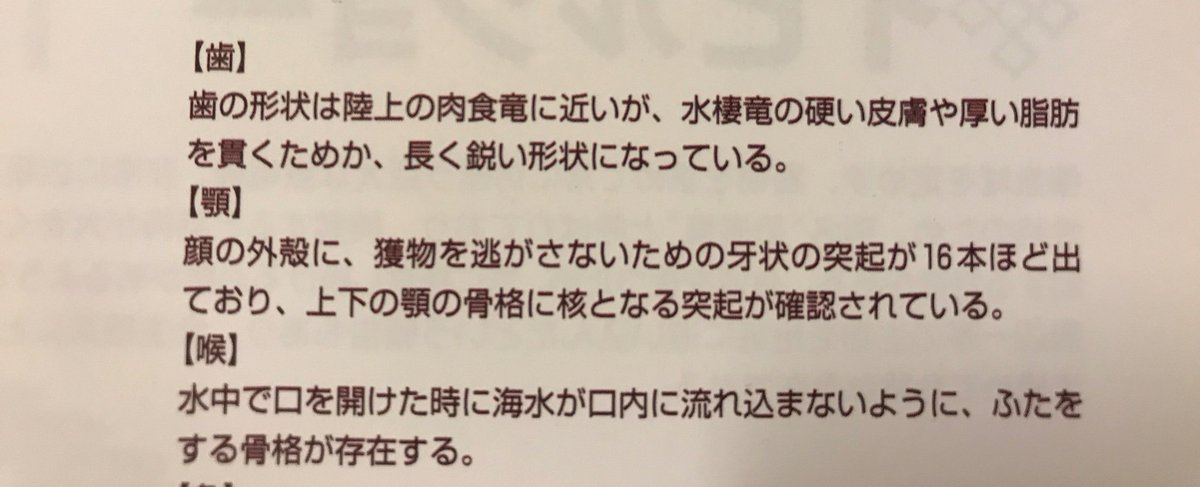
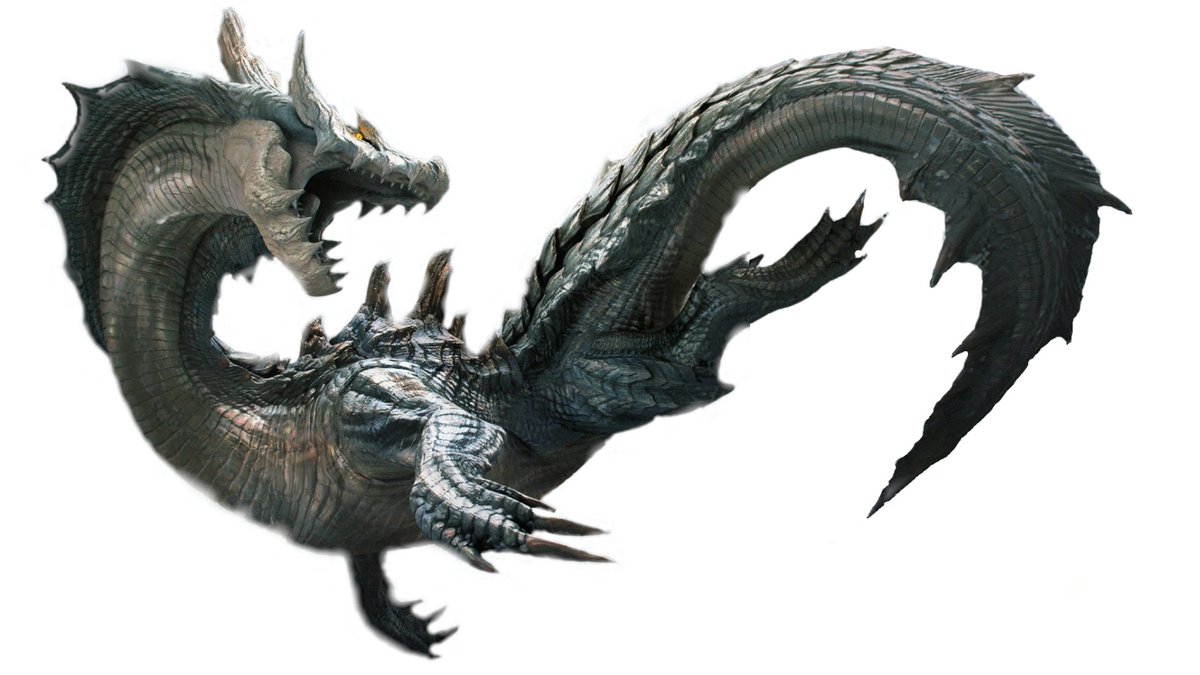
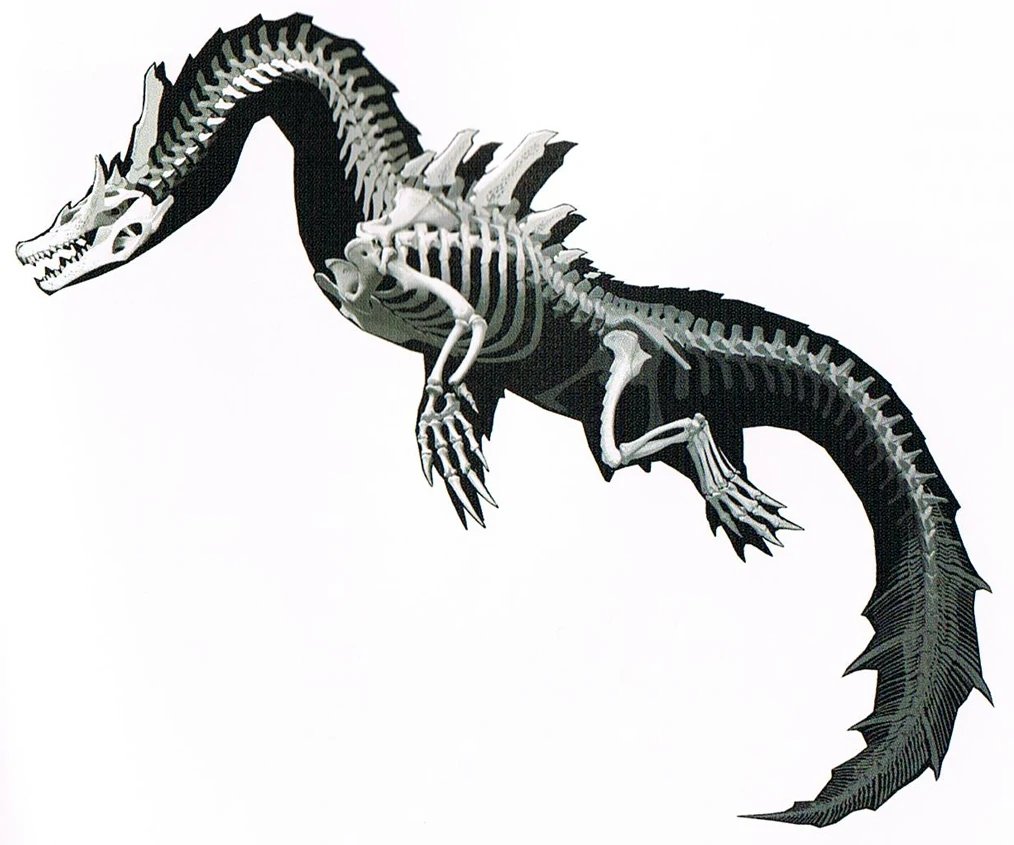

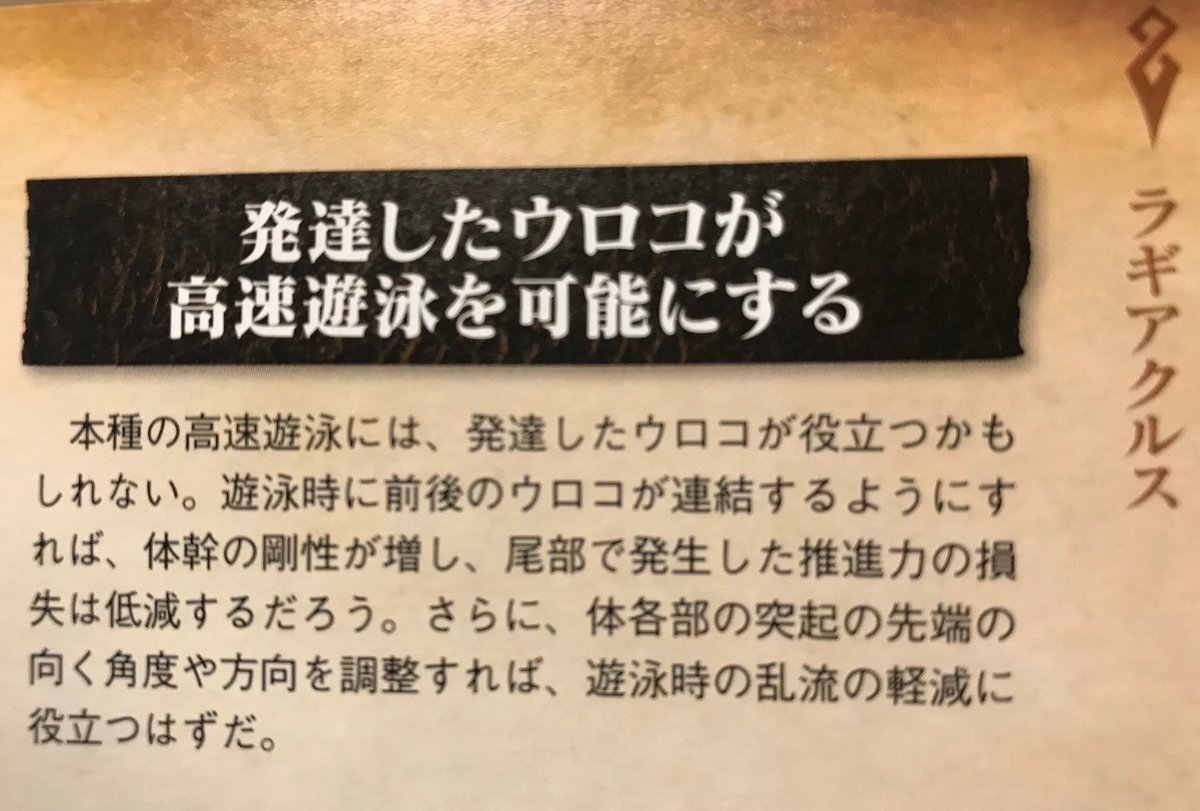
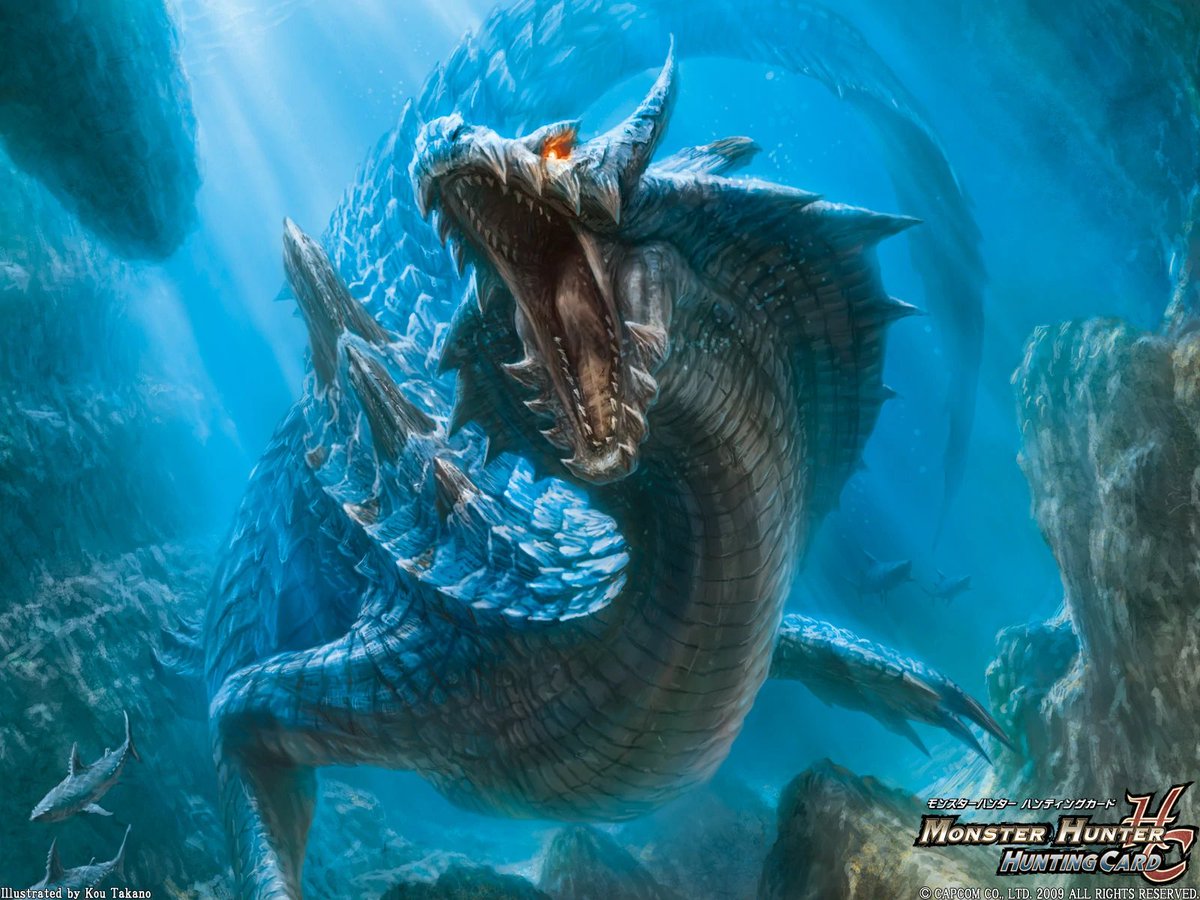
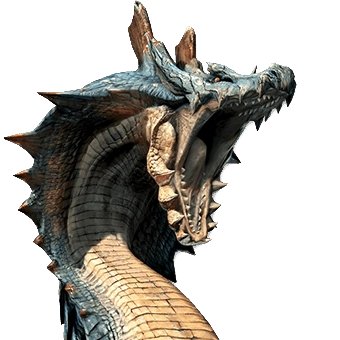

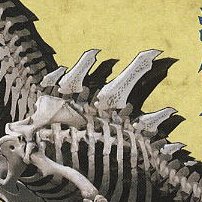
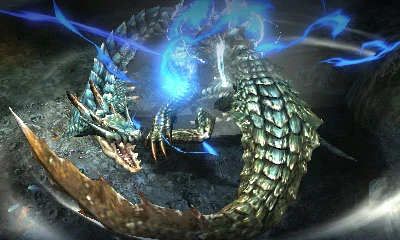
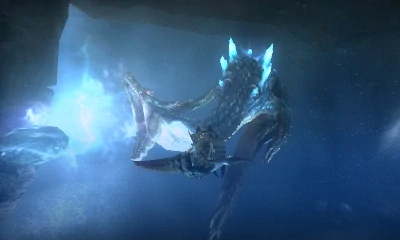
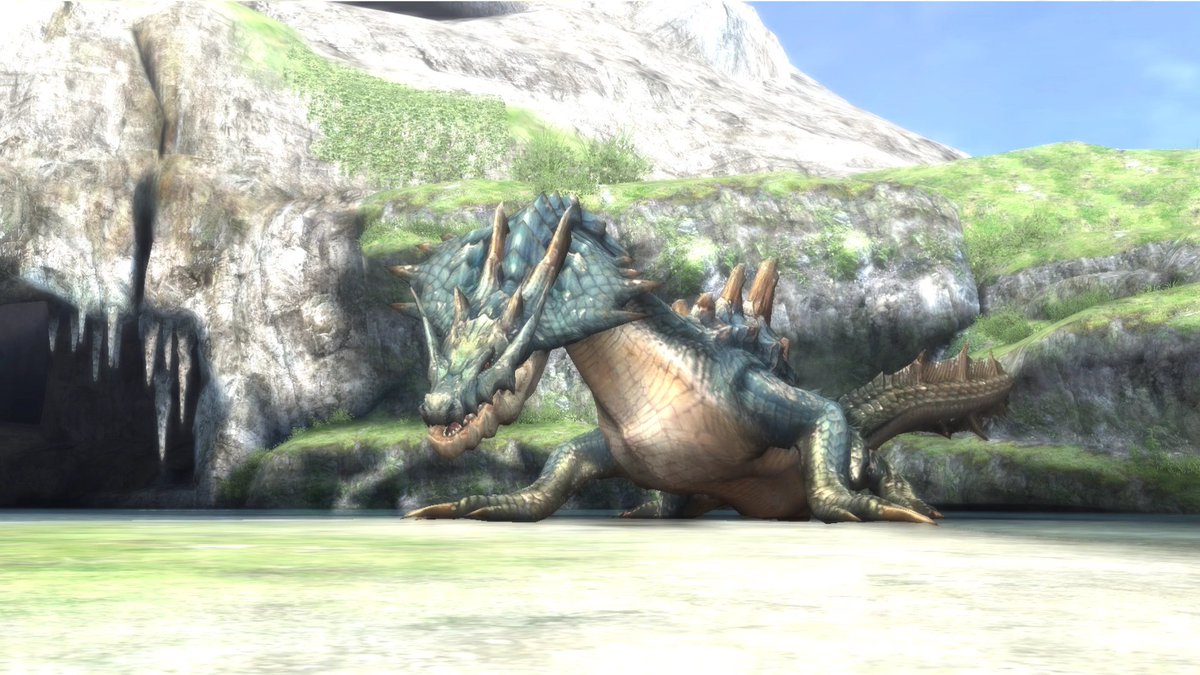
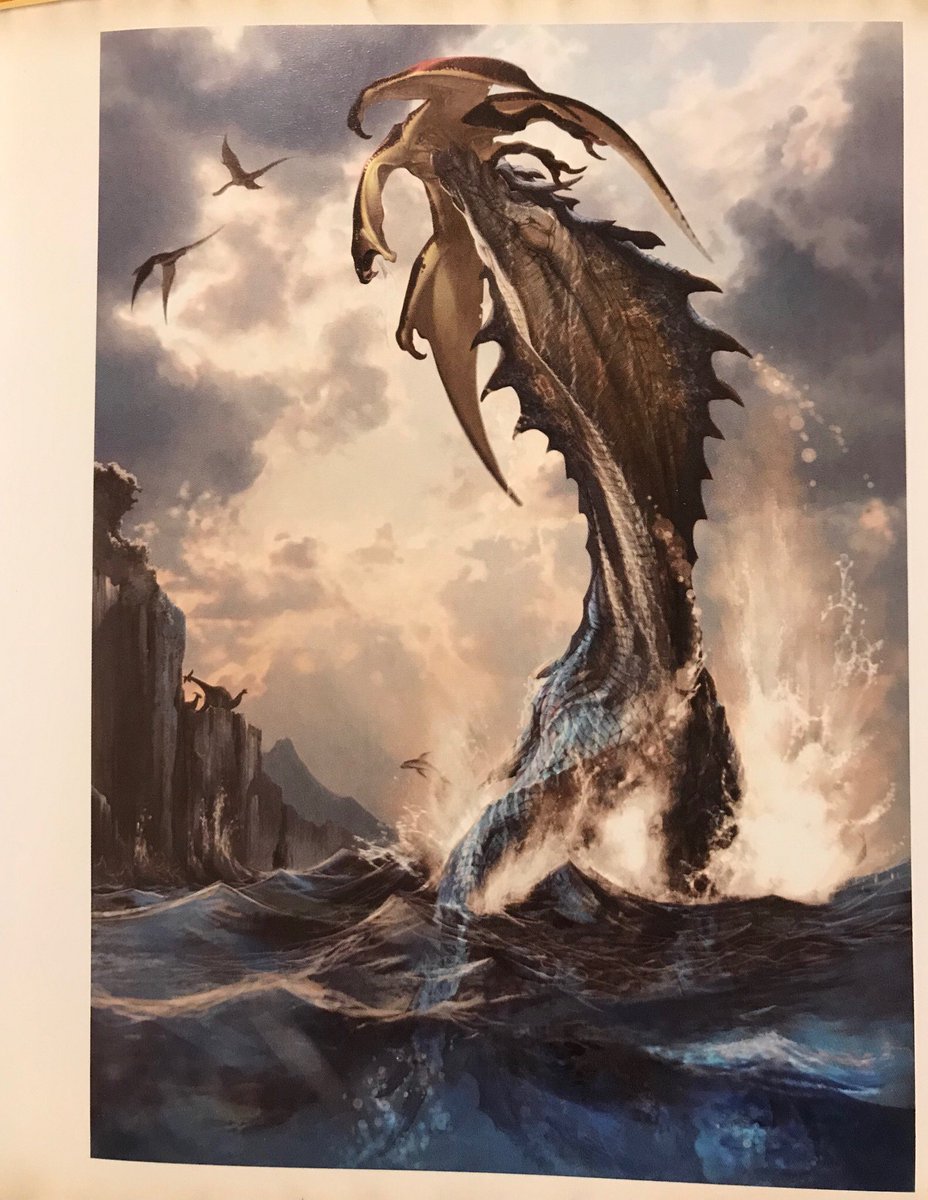
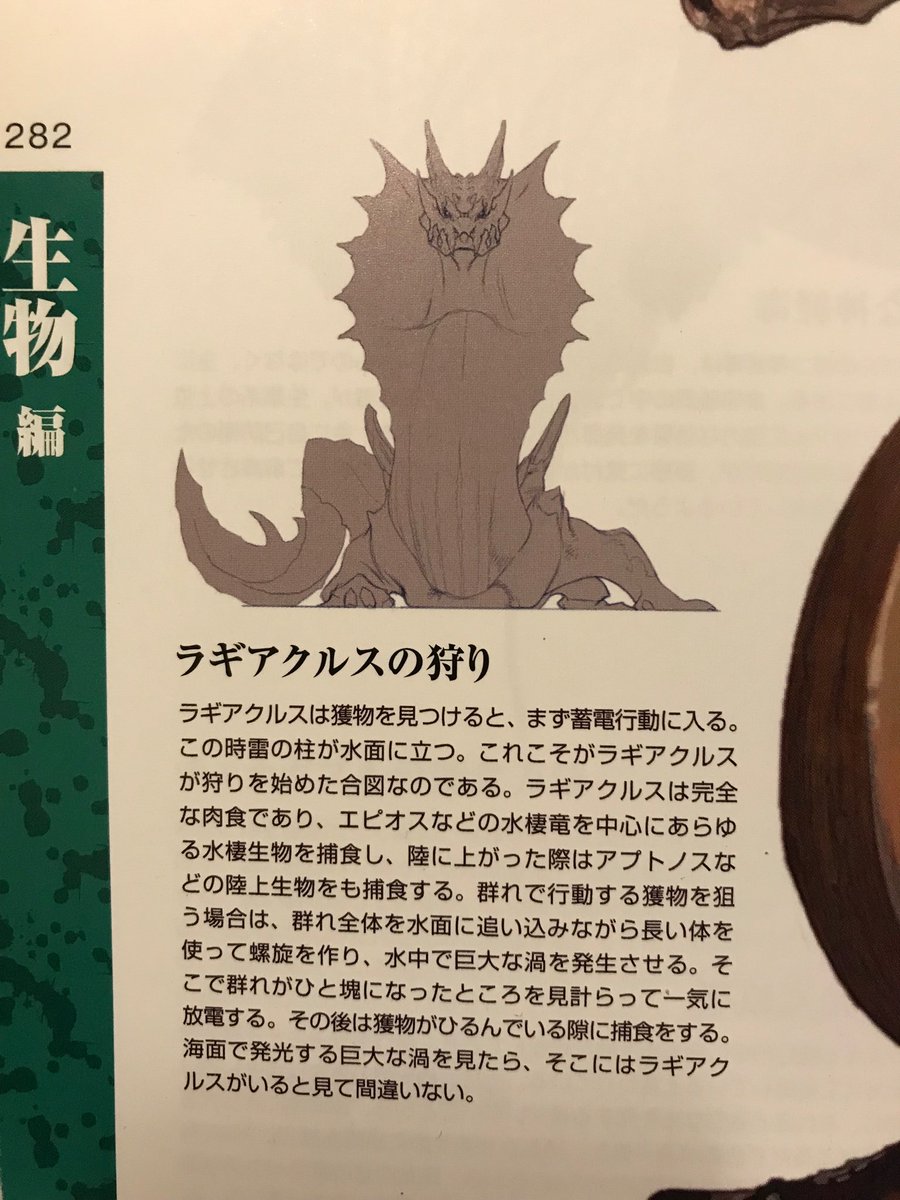
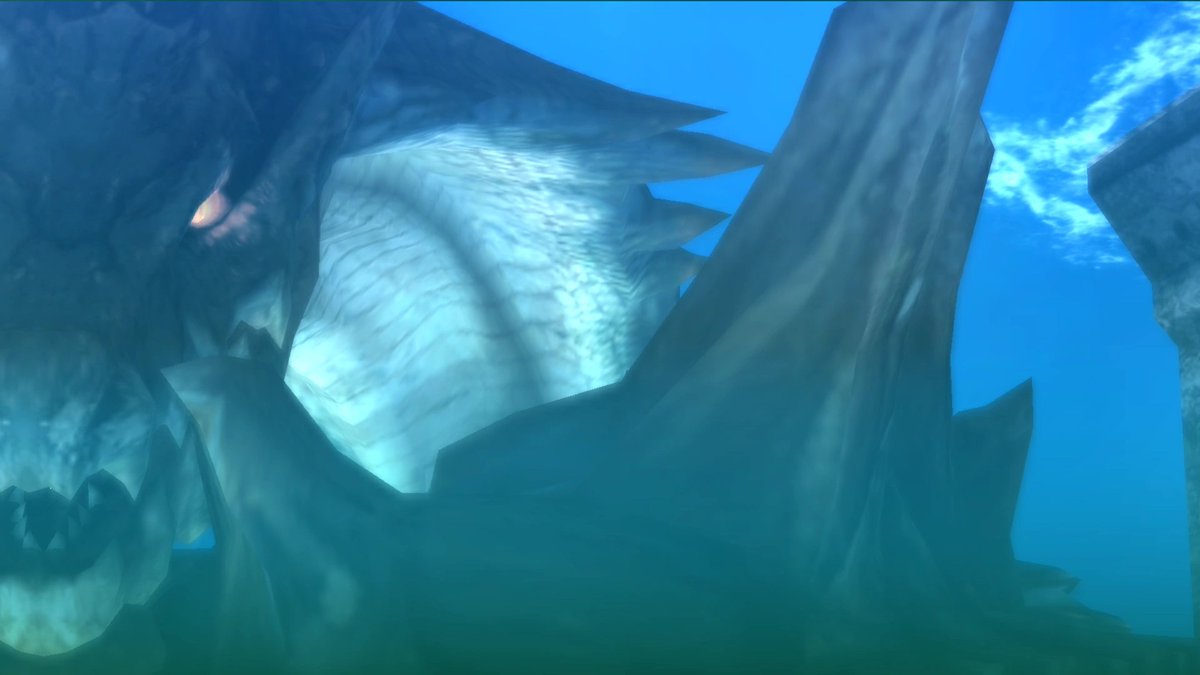
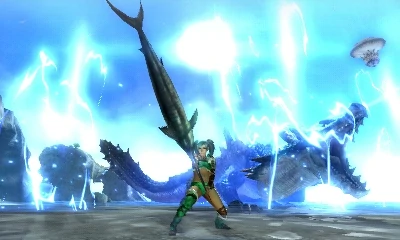
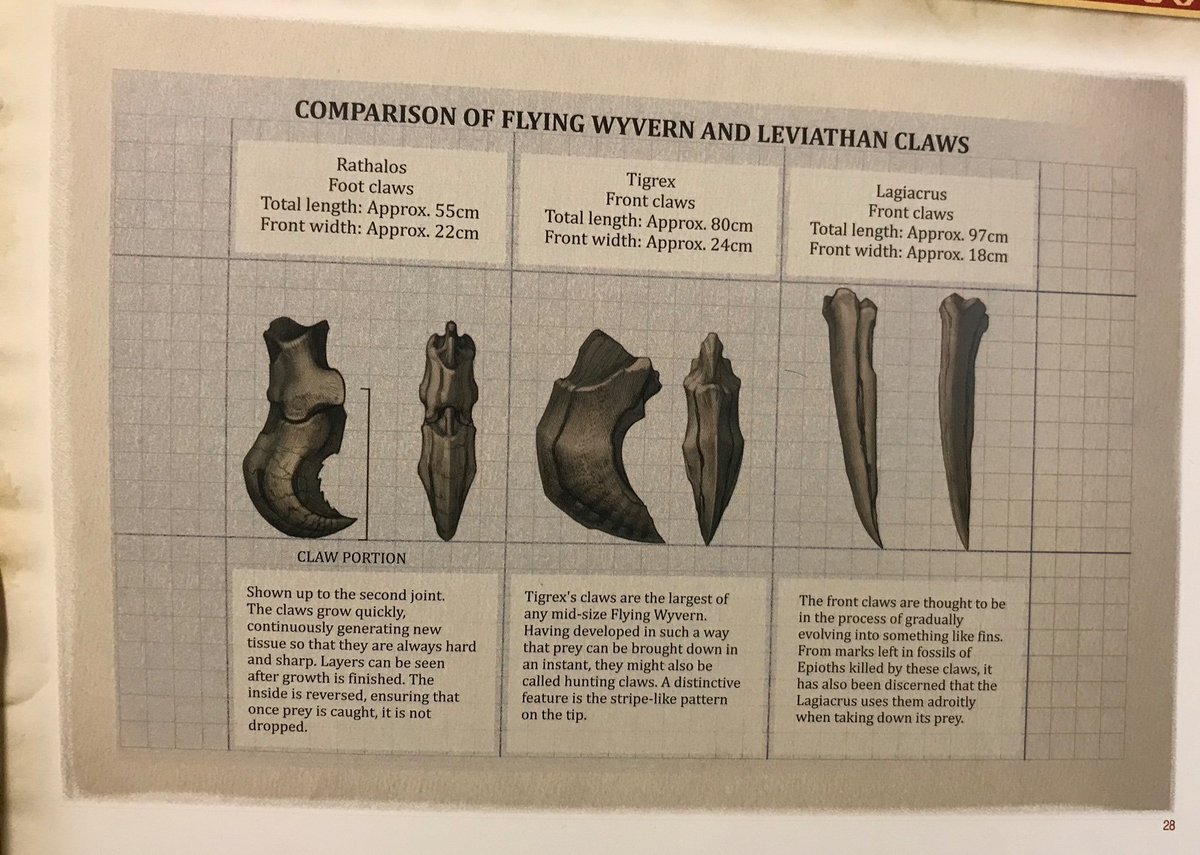
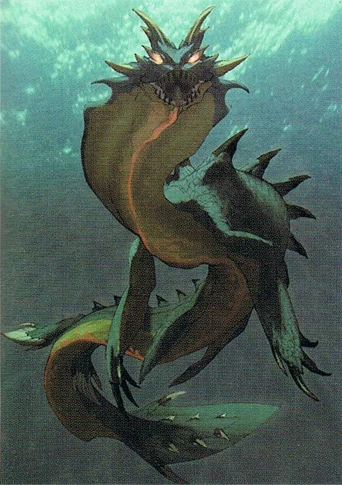
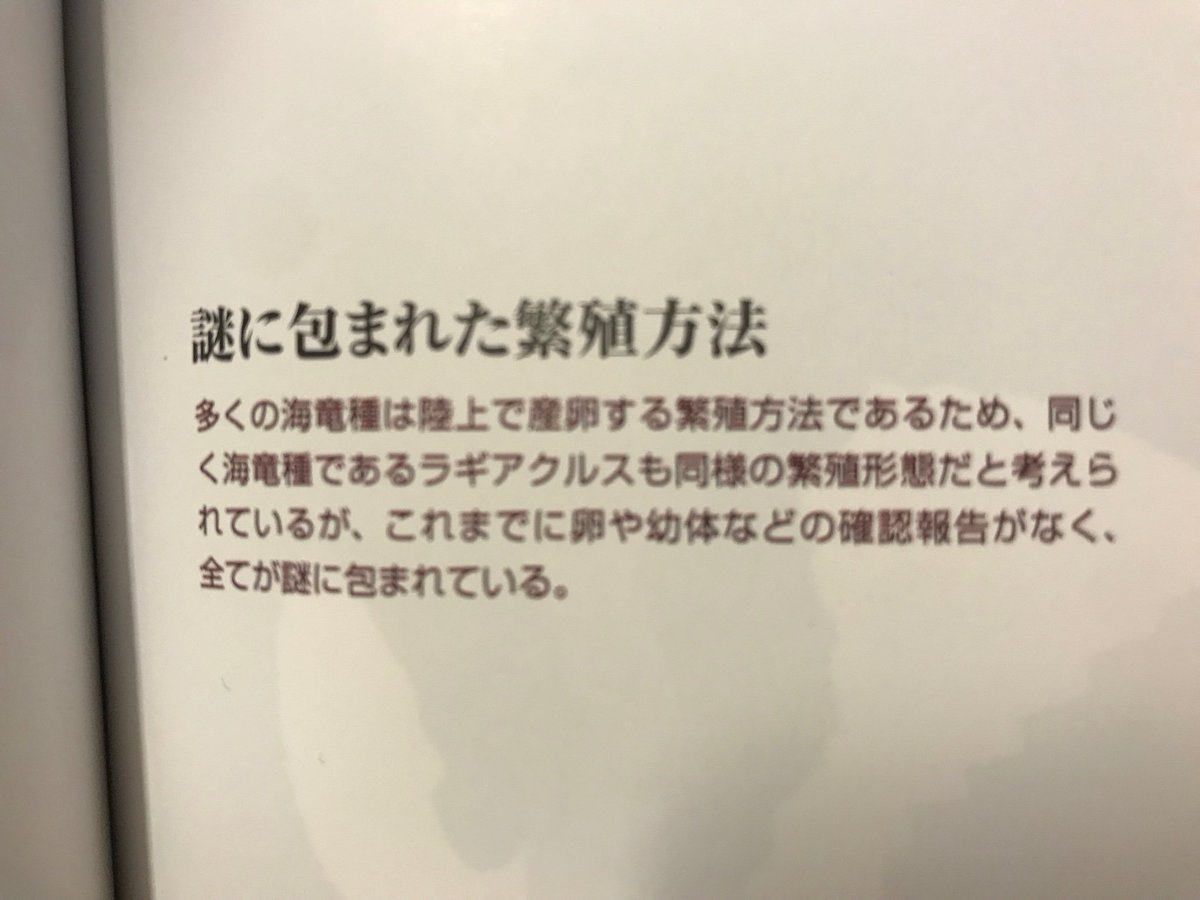
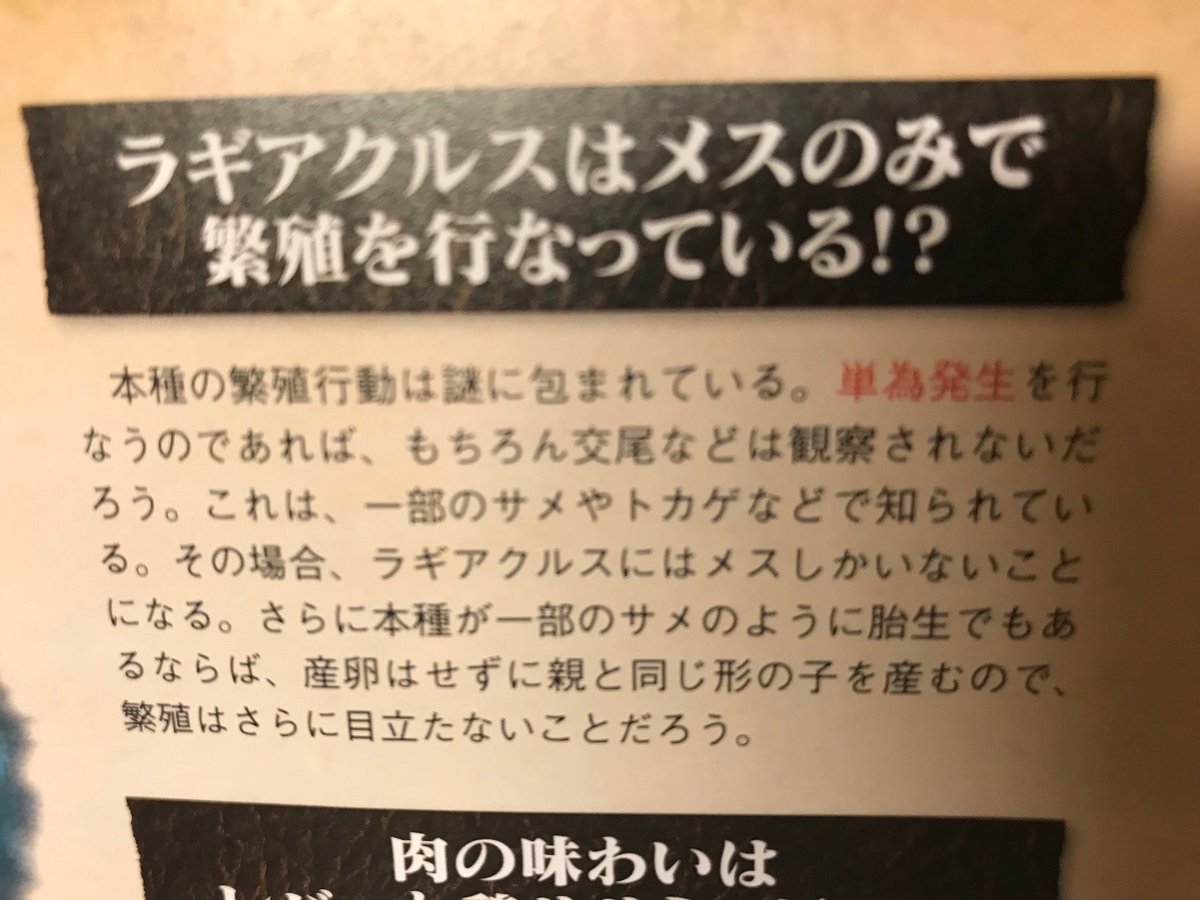


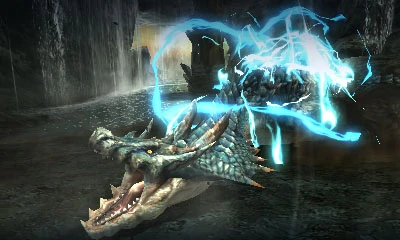
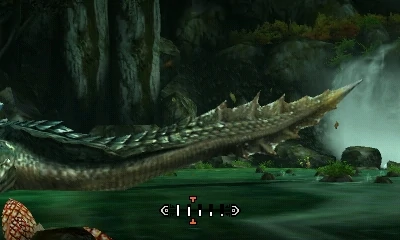
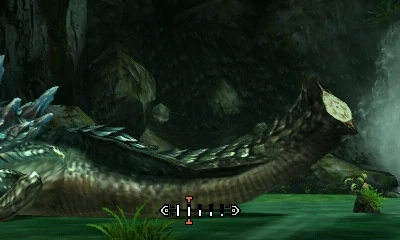
![Sources1. Monster Hunter Tri2. Monster Hunter 3 Ultimate3. Monster Hunter Generations4. Monster Hunter Generations Ultimate5. Hunter's Encyclopedia [reprinted edition] - pg. 219, 220, 221, 282, & 2836. Monster Hunter Illustrations 2 - pg. 5 & 40 Sources1. Monster Hunter Tri2. Monster Hunter 3 Ultimate3. Monster Hunter Generations4. Monster Hunter Generations Ultimate5. Hunter's Encyclopedia [reprinted edition] - pg. 219, 220, 221, 282, & 2836. Monster Hunter Illustrations 2 - pg. 5 & 40](https://pbs.twimg.com/media/EtPeNf8XEAIUSCZ.jpg)
